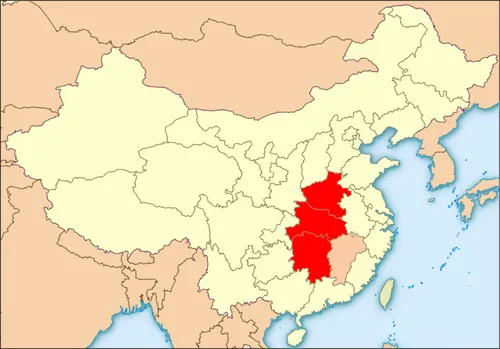On this page
Overview
Central China is the cradle of ancient Chinese civilization and represents the most authentic essence of Chinese heritage. While its economic development may not shine as brightly as that of South and East China, the region is rich with ancient cultural sites.
Major Cities
Wuhan
Wuhan, the capital city of Hubei province in central China, situated at the confluence of the Yangtze and Han rivers, Wuhan has long been an important transportation hub, playing a crucial role in the region's trade and economic development.
Wuhan's history dates back to the 3rd century BCE, when it was known as Wuchang. The city has been a political and cultural center for many dynasties, including the Wu and the Ming. The city's strategic location has also made it a significant military site, witnessing several historical events, including the Wuchang Uprising in 1911, which marked the beginning of the end of the Qing Dynasty.
Wuhan is known for its iconic landmarks, such as the Yellow Crane Tower, a traditional Chinese pagoda that has been a symbol of the city since the 3rd century. The tower offers panoramic views of the city and the surrounding rivers, and it is often associated with the famous poem "Yellow Crane Tower" by the Tang Dynasty poet Cui Hao.
It is also renowned for its vibrant street food scene, with local specialties like Hot Dry Noodles and Hubei-style crab. The city's cuisine is a blend of spicy and savory flavors, reflecting the region's diverse culinary traditions.
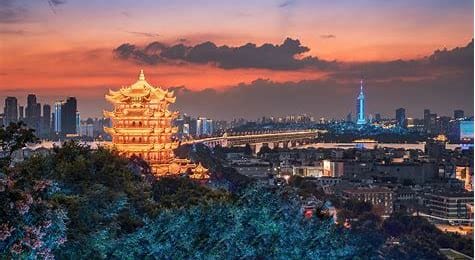
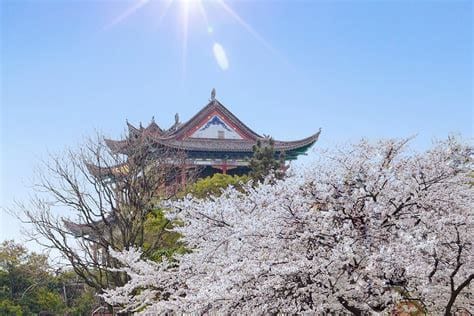
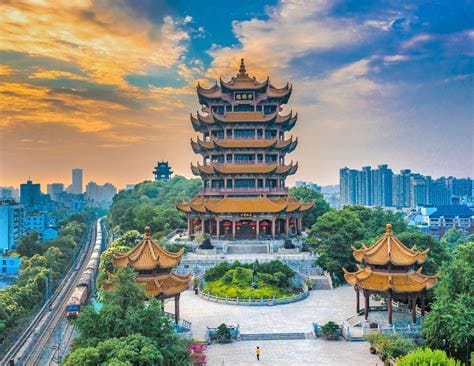
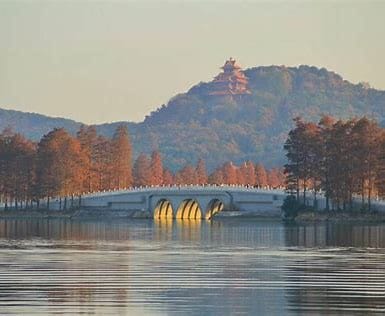
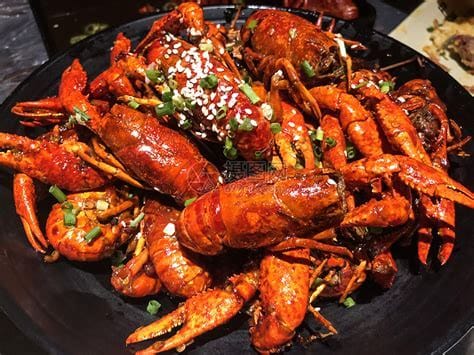

Changsha
Changsha, the capital city of Hunan province in central China, is a city with a rich history and a vibrant cultural heritage. Situated at the confluence of the Xiang and Li rivers, Changsha has long been an important transportation hub and a key trading center in the region.
The city's history dates back to the 11th century BCE, with the founding of the ancient state of Chu. Changsha has been a political and cultural center for many dynasties, including the Qin, Han, and Tang. The city's strategic location has also made it a significant military site, witnessing several historical events, including the Battle of Changsha during the Three Kingdoms period.
Changsha is known for its iconic landmarks, such as the Tianxin Pavilion, a traditional Chinese pavilion that offers panoramic views of the city and the surrounding rivers. The pavilion is also associated with the famous poem "Tianxin Pavilion" by the Tang Dynasty poet Du Fu.
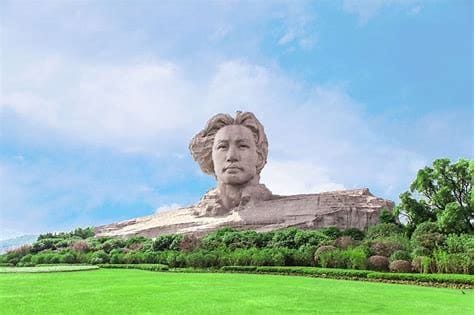
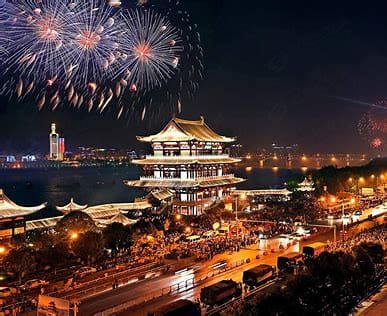
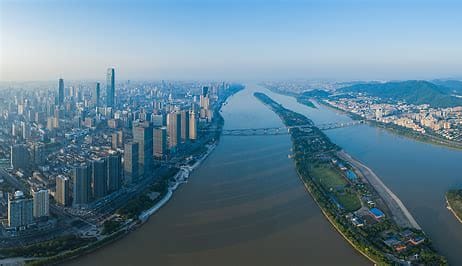
Luoyang
Luoyang, located in Henan Province, central China, is a city with a deep historical and cultural heritage. Known as one of the Four Great Ancient Capitals of China, Luoyang has a history spanning over 4,000 years. It was the capital of several dynasties, including the Eastern Han, Wei, and Northern Song, making it a significant political and cultural center throughout history.
The city is renowned for its rich cultural and historical sites, including the Longmen Grottoes, a UNESCO World Heritage Site. These grottoes contain thousands of Buddhist statues and carvings, dating back to the 5th century, and offer a glimpse into the rich history and cultural heritage of Luoyang.
Another famous landmark in Luoyang is the White Horse Temple, the first Buddhist temple in China, established in the 1st century AD. The temple is a symbol of the early spread of Buddhism in China and is a significant site for both cultural and religious significance.
Luoyang's cuisine is also notable, featuring a blend of spicy and savory flavors, reflecting the region's diverse culinary traditions. Local specialties include Luoyang-style cold noodles, dumplings, and stewed noodles, which are enjoyed by both locals and visitors alike.
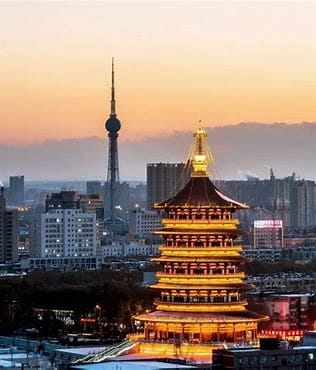
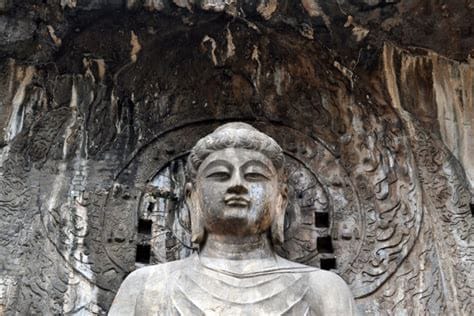
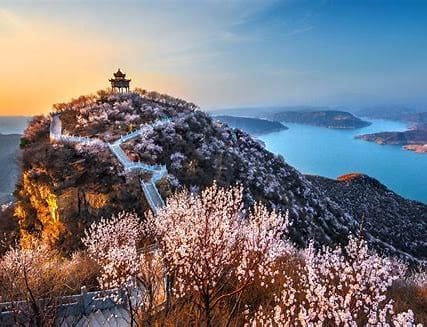
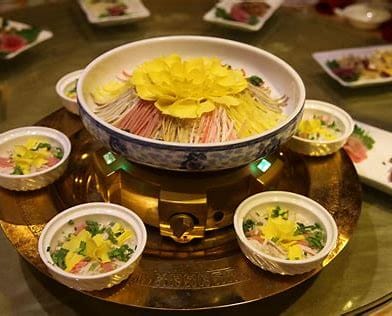
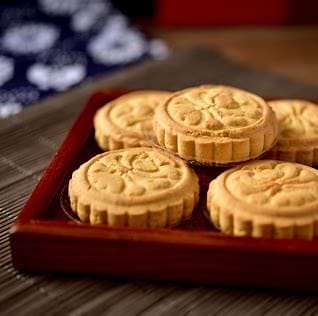
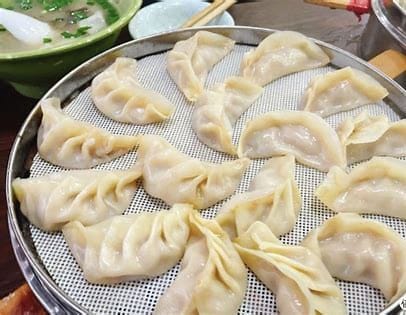
Kaifeng
Kaifeng, located in the eastern part of Henan Province, China, is a city rich in history and culture. As one of the Seven Ancient Capitals of China, Kaifeng has played a significant role in Chinese history, particularly during the Northern Song Dynasty when it served as the capital.
The city is renowned for its historical sites and well-preserved cultural relics. One of the most famous landmarks is the Iron Pagoda, built during the Northern Song Dynasty in 1049. This 13-story pagoda, made of iron-colored glazed bricks, stands as a testament to the architectural ingenuity of ancient China. Another notable site is the Dragon Pavilion, a grand structure that was once part of the imperial palace during the Northern Song Dynasty. Today, it serves as a museum showcasing the city’s imperial past.
Kaifeng is also home to Millennium City Park, a large theme park that recreates the bustling scenes depicted in the famous painting "Along the River During the Qingming Festival" by Zhang Zeduan. Visitors can experience the vibrant street life, traditional performances, and ancient crafts, providing a glimpse into the daily life of the Song Dynasty.
In addition to its historical and cultural attractions, Kaifeng is also known for its beautiful natural scenery. The city is dotted with picturesque gardens and parks, such as the Baogong Lake and the Xiangguo Temple, which offer serene environments for relaxation and reflection.
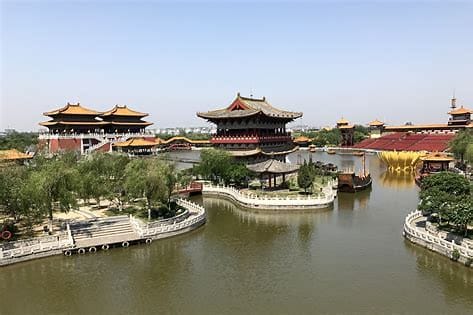
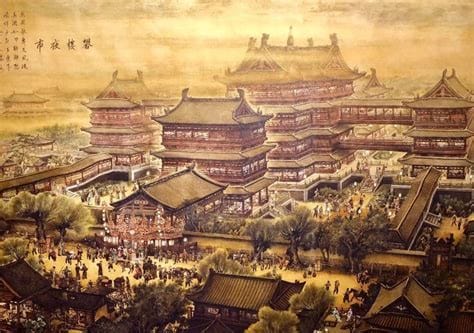
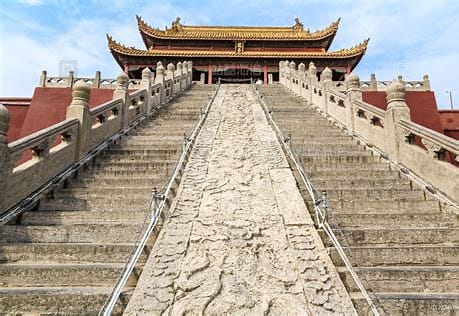
Zhengzhou
As one of the oldest cities in China, Zhengzhou boasts a rich cultural heritage that dates back over 3,600 years, serving as a cradle of Chinese civilization.
One of the most significant historical sites in Zhengzhou is the Shang Dynasty Ruins, also known as the Erligang Site. This archaeological site provides a glimpse into the early urbanization and civilization of ancient China, featuring remnants of city walls, palaces, and bronze artifacts. Another must-visit historical landmark is the Henan Museum, one of China’s oldest museums, which houses an extensive collection of cultural relics, including jade, ceramics, and ancient bronzes.
Zhengzhou is also home to the Shaolin Temple, located on the nearby Songshan Mountain. This iconic temple is the birthplace of Chan (Zen) Buddhism and the world-renowned Shaolin Kung Fu. Visitors can witness the impressive martial arts performances by the monks and explore the temple's ancient architecture and serene surroundings.
The city’s modern side is equally impressive. Zhengzhou has rapidly developed into a major economic and transportation hub. The Zhengdong New District, with its towering skyscrapers and modern infrastructure, showcases the city’s rapid urbanization and economic growth. The city is also a key node in China’s high-speed rail network, making it easily accessible from major cities across the country.
Food in Zhengzhou is a delightful blend of traditional Henan cuisine and modern flavors. The city is famous for its “Hui Mian” (braised noodles), a hearty dish that reflects the local taste. The bustling night markets offer a variety of street foods, from savory pancakes to spicy skewers, providing a true taste of local life.
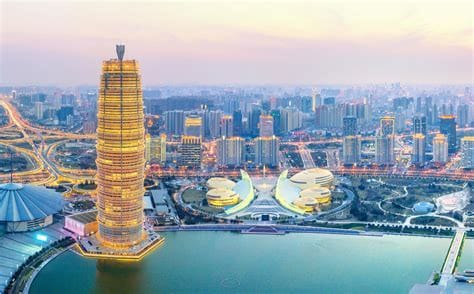
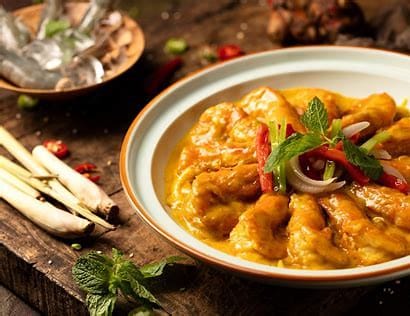
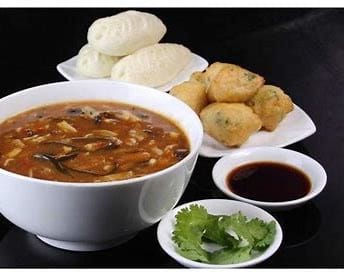
Culture
Central China is one of the birthplaces of ancient Chinese civilization and is home to numerous historical and cultural heritage sites. Luoyang and Kaifeng in Henan were ancient capitals and boast rich historical relics like the Longmen Grottoes and Shaolin Temple.
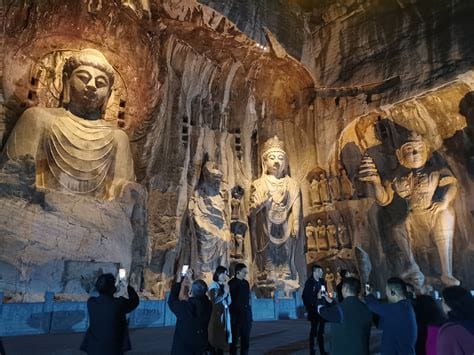
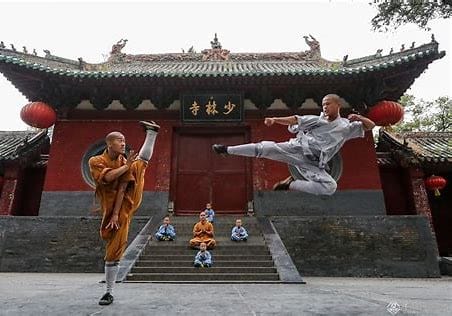
Wuhan, located at the confluence of the Yangtze and Han Rivers, has long been an important commercial and transportation hub, with landmarks like the Yellow Crane Tower and Wudang Mountains highlighting Hubei's cultural charm. In Hunan, Yueyang Tower, Zhangjiajie, and the Miao and Tujia cultures in Xiangxi enrich the local historical and cultural landscape. The folk culture of Central China is also diverse, with colorful opera, folk arts, and traditional festivals.
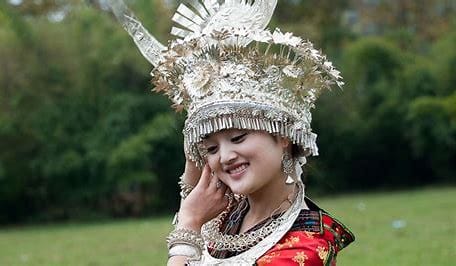
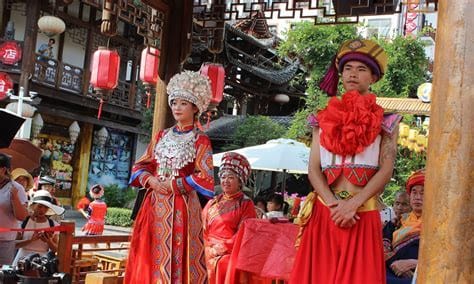
Traditional Miao and Tujia ethnic costumes
People in Central China place great importance on etiquette and family, deeply influenced by Confucian thought. Hunan people, in particular, have played a pivotal role in modern China's history, with Hunan’s influence evident throughout over a century of contemporary Chinese history. Comparing China to Japan, Hunan’s people are like the samurai of Satsuma Choshu, standing as the backbone of China's revolutionary efforts.
Cuisine
Central China, encompassing provinces such as Hubei, Hunan, and Henan, boasts a rich and diverse culinary tradition that reflects the region's geographical and cultural diversity. The cuisine in this area is known for its bold flavors, with a focus on spicy, savory, and umami tastes.
Central Chinese cuisine is renowned for its use of chili peppers and Sichuan peppercorns, which impart a spicy and numbing sensation to dishes. Umami is also a prominent flavor, often achieved through the use of fermented black beans, soy sauce, and various broths.
Famous dishes here include Hot Dry Noodles, Steamed Fish Head with Pickled Cabbage, Hunan Spicy Chicken, Stewed Pork with Preserved Vegetables, Kaifeng Stewed Noodles and so on.
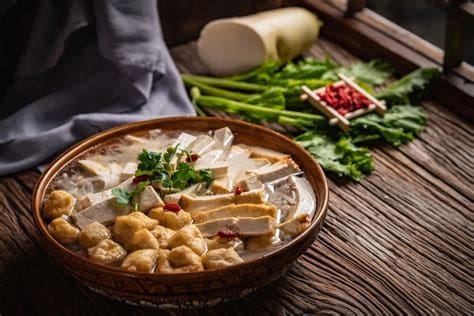
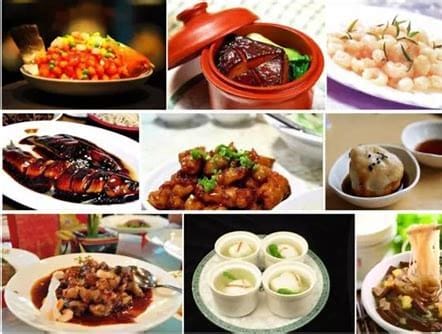
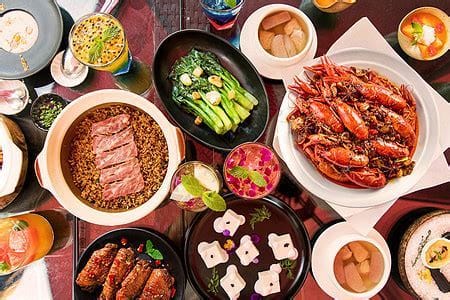
Central Chinese cuisine is a feast for the senses, offering a balance of flavors that can be both comforting and challenging for those unaccustomed to its spiciness. Its variety and depth make it a fascinating culinary destination for food enthusiasts.

